解説 / Description
パンダシャークローチは、中国の山岳渓流に生息する、タニノボリ科の小型淡水魚です。幼魚期に見せる白黒のくっきりとした「パンダ」模様が名前の由来であり、その愛らしい姿で多くのアクアリストを魅了します。しかし、その魅力は外見だけに留まりません。成長と共に体色が変化していく様子や、渓流に適応したユニークな生態、そして人懐っこい性格もまた、本種の大きな魅力と言えるでしょう。飼育には低水温と強い水流、そして豊富なバイオフィルムが不可欠であり、その特殊な要求から上級者向けの魚とされますが、彼らの故郷である渓流環境を水槽内に再現し、長期飼育に成功した時の喜びは計り知れません。 The Panda Shark Loach is a small freshwater fish from the Gastromyzontidae family, native to the mountain streams of China. Its name comes from the distinct black-and-white “panda” pattern of its juvenile stage, which captivates many aquarists. However, its appeal extends beyond its appearance. The gradual change in its body color as it grows, its unique ecology adapted to fast-flowing streams, and its friendly personality are also significant attractions. Its keeping is considered advanced due to specific requirements like low temperatures, strong currents, and abundant biofilm. Nevertheless, the joy of successfully recreating its native stream environment in an aquarium for long-term care is immense.
基本情報 / Basic Information
| 学名 / Scientific Name | Yaoshania pachychilus (旧学名: Protomyzon pachychilus) |
|---|---|
| 通称 / Common Name | パンダシャークローチPanda Shark Loach |
| 分類 / Family | コイ目 タニノボリ科Cypriniformes, Gastromyzontidae |
| 英名 / English Name | Panda Loach |
| 分布 / Distribution | 中国 広西チワン族自治区 大瑶山(Dayaoshan)の山岳渓流Mountain streams of Dayaoshan, Guangxi, China |
| 最大体長 / Max Size | 約5.5cm – 6cmApprox. 5.5cm – 6cm |
| 寿命 / Lifespan | 3年〜5年、またはそれ以上3 to 5 years, or more |
飼育環境 / Aquarium Environment
| 水槽サイズ / Tank Size | 最低でも60cm規格水槽(約75L)以上を推奨します。底面積の広さが重要です。A minimum of a 60cm standard tank (approx. 75L) is recommended. A large footprint is important. |
|---|---|
| 水温 / Temperature | 18°C – 22°C (許容上限は24°C) |
| 水質 / Water Quality | 弱酸性〜中性 (pH 6.5-7.5)、軟水〜中硬水 (GH 2-12)。有機汚染に極めて弱いため、硝酸塩濃度を常に低く(25mg/L未満)保つことが重要です。Slightly acidic to neutral (pH 6.5-7.5), soft to medium-hard water (GH 2-12). They are extremely sensitive to organic pollution, so it is crucial to always keep nitrate levels low (below 25mg/L). |
| レイアウト / Layout | 角の取れた細かい砂を敷き、彼らの餌場となる滑らかな川石や平たい石を多数配置します。石灰岩質の石(龍王石など)も有効です。水を酸性に傾ける流木の使用は控えめにします。Use fine sand with rounded edges as substrate, and place numerous smooth river stones and flat slates to serve as their feeding grounds. Calcareous rocks (like Ryuoh stone) can also be effective. Use driftwood, which acidifies the water, sparingly. |
| 注意点 / Precautions | ガラス面も登るため、飛び出し事故防止に隙間のないフタは絶対に必要です。日本の夏を乗り切るため、水槽用クーラーや冷却ファンの設置が不可欠です。A tight-fitting lid is absolutely necessary to prevent jumping, as they can climb glass surfaces. To survive the Japanese summer, installing an aquarium chiller or cooling fan is essential. |
餌と給餌 / Feeding
| 餌の種類 / Diet | 主食は、水槽内の石やガラス面に自然発生するバイオフィルム(藻類、バクテリア、原生動物などが混ざったぬめり)です。補助的に、プレコ用などの植物質を多く含む沈下性タブレットを与えます。Their primary food is biofilm (a slimy film of algae, bacteria, protozoa, etc.) that naturally forms on rocks and glass surfaces in the aquarium. As a supplement, provide sinking tablets rich in vegetable matter, such as those for plecos. |
|---|---|
| 給餌のポイント / Feeding Tips | 飼育者は「餌を与える」のではなく、「バイオフィルムを育てる」という意識を持つことが成功の鍵です。冷凍アカムシなどの動物性飼料は嗜好性が高いですが、与えすぎは内臓に負担をかけるため、週に1〜2回のおやつ程度に留めましょう。The key to success is for the keeper to adopt a mindset of “cultivating biofilm” rather than “feeding the fish.” While they readily eat animal-based foods like frozen bloodworms, overfeeding can strain their internal organs, so limit these to an occasional treat once or twice a week. |
性格と混泳 / Temperament and Tank Mates
| 性格 / Temperament | 非常に温和な性格で、他の魚を攻撃することはほとんどありません。社会性が強く、同種間で群れを作って生活するため、単独飼育は避けるべきです。They have a very peaceful temperament and rarely attack other fish. They are highly social and live in groups with their own kind, so solitary keeping should be avoided. |
|---|---|
| 混泳の相性 / Compatibility | 「低温・強水流」の環境を共有できる種が混泳相手の絶対条件です。アカヒレやゼブラダニオ、他のヒルストリームローチ、ミナミヌマエビなどが理想的です。高水温を好む一般的な熱帯魚や、大型魚、長いヒレを持つ魚との混泳はできません。4〜6匹以上のグループで飼育することが強く推奨されます。The absolute condition for tank mates is that they can share a “low temperature, strong current” environment. Ideal companions include White Cloud Mountain Minnows, Zebra Danios, other hillstream loaches, and Neocaridina shrimp. They cannot be kept with common tropical fish that prefer warmer water, large fish, or fish with long fins. Keeping them in a group of 4-6 or more is strongly recommended. |
病気と対策 / Diseases and Prevention
| かかりやすい病気 / Common Diseases | 特定の病気にかかりやすいというよりは、不適切な環境が原因で体調を崩すことがほとんどです。特に高水温、水質悪化(高硝酸塩)、不適切な餌は、衰弱や突然死に直結します。Rather than being prone to specific diseases, they are most likely to fall ill due to an improper environment. High temperatures, poor water quality (high nitrates), and an incorrect diet can directly lead to weakness and sudden death. |
|---|---|
| 対策と予防 / Prevention | 低水温(18-22°C)、清浄な水(低硝酸塩)、高い溶存酸素(強力なろ過とエアレーション)、そしてバイオフィルム中心の食生活。これら究極の飼育環境を維持することが、最高の病気予防となります。Maintaining the ultimate keeping environment—low temperatures (18-22°C), pristine water (low nitrates), high dissolved oxygen (through powerful filtration and aeration), and a biofilm-centric diet—is the best disease prevention. |
増やし方(繁殖) / Breeding
| 繁殖形態 / Reproduction | 石や砂利の隙間に卵をばらまく「フリースパウナー」と呼ばれるタイプで、親が卵や稚魚の世話をすることはありません。They are “free-spawners,” scattering their eggs among rocks and gravel, and do not provide any parental care for the eggs or fry. |
|---|---|
| 繁殖のポイント / Breeding Tips | 繁殖は難しいですが、理想的な環境下で自然に繁殖した例が報告されています。季節的な水温変化(冬に下げ、春に上げる)や、少し冷たい水での水換えが産卵のきっかけになることがあります。稚魚はインフゾリアを食べるため、親と同じ水槽で育てるのが成功への近道です。Breeding is difficult, but there are reports of them spawning naturally in ideal environments. Seasonal temperature changes (lower in winter, higher in spring) and water changes with slightly cooler water can trigger spawning. Since the fry feed on infusoria, raising them in the parent tank is the most likely path to success. |
雑学と豆知識 / Trivia and Fun Facts
| 雑学・豆知識 / Trivia & Fun Facts | ・幼魚期の「パンダ」模様は、成長と共に徐々に崩れ、成魚では灰色や茶色がかったまだら模様に変化します。この変化を見守るのも飼育の醍醐味です。 ・学名の属名 `Yaoshania` は、発見地である中国の「大瑶山」に由来します。 ・アクアリウムの世界に登場したのは2010年前後と、比較的新しい魚です。 ・原産地ではダム建設や乱獲により生息数が減少し、中国のレッドリストでは「危急種」に指定されています。飼育する際は、できるだけ繁殖個体を選ぶことが種の保全に繋がります。– The “panda” pattern of juveniles gradually fades with growth, changing to a mottled grey or brown pattern in adults. Observing this transformation is one of the joys of keeping them. – The genus name `Yaoshania` is derived from its place of discovery, “Dayaoshan” in China. – It is a relatively new fish to the aquarium hobby, having been introduced around 2010. – In its native habitat, its population is declining due to dam construction and over-collection, and it is listed as “Vulnerable” on China’s Red List. When keeping them, choosing captive-bred individuals whenever possible contributes to the species’ conservation. |
|---|
まとめ / Conclusion
パンダシャークローチは、その可憐な姿とは裏腹に、専門的な知識と設備を要求する、挑戦しがいのある魚です。しかし、彼らの生態を深く理解し、故郷の渓流を水槽に再現するプロセスは、アクアリストにとって最高の学びと喜びを与えてくれるでしょう。単に魚を「飼う」のではなく、小さな生態系を「創り、維持する」という、アクアリウムの真髄を体験させてくれる存在です。 The Panda Shark Loach, despite its delicate appearance, is a challenging fish that demands specialized knowledge and equipment. However, the process of deeply understanding its ecology and recreating its native stream in an aquarium offers the greatest learning and joy for an aquarist. It is a creature that allows one to experience the true essence of the aquarium hobby: not just “keeping” a fish, but “creating and maintaining” a small ecosystem.
この小さな生命との関わりを通じて、我々は彼らの故郷の自然に想いを馳せ、その保全について考えるきっかけを得ることができます。ぜひ、万全の準備を整えて、この渓流の宝石との素晴らしいアクアリウムライフを始めてみてください。 Through our connection with this tiny life, we are inspired to think about its native environment and the importance of its conservation. We encourage you to prepare thoroughly and embark on a wonderful aquarium life with this gem of the mountain streams.
▶ 記事の生体をAMAZONで買う ▶ 記事の生体をYahooで買う

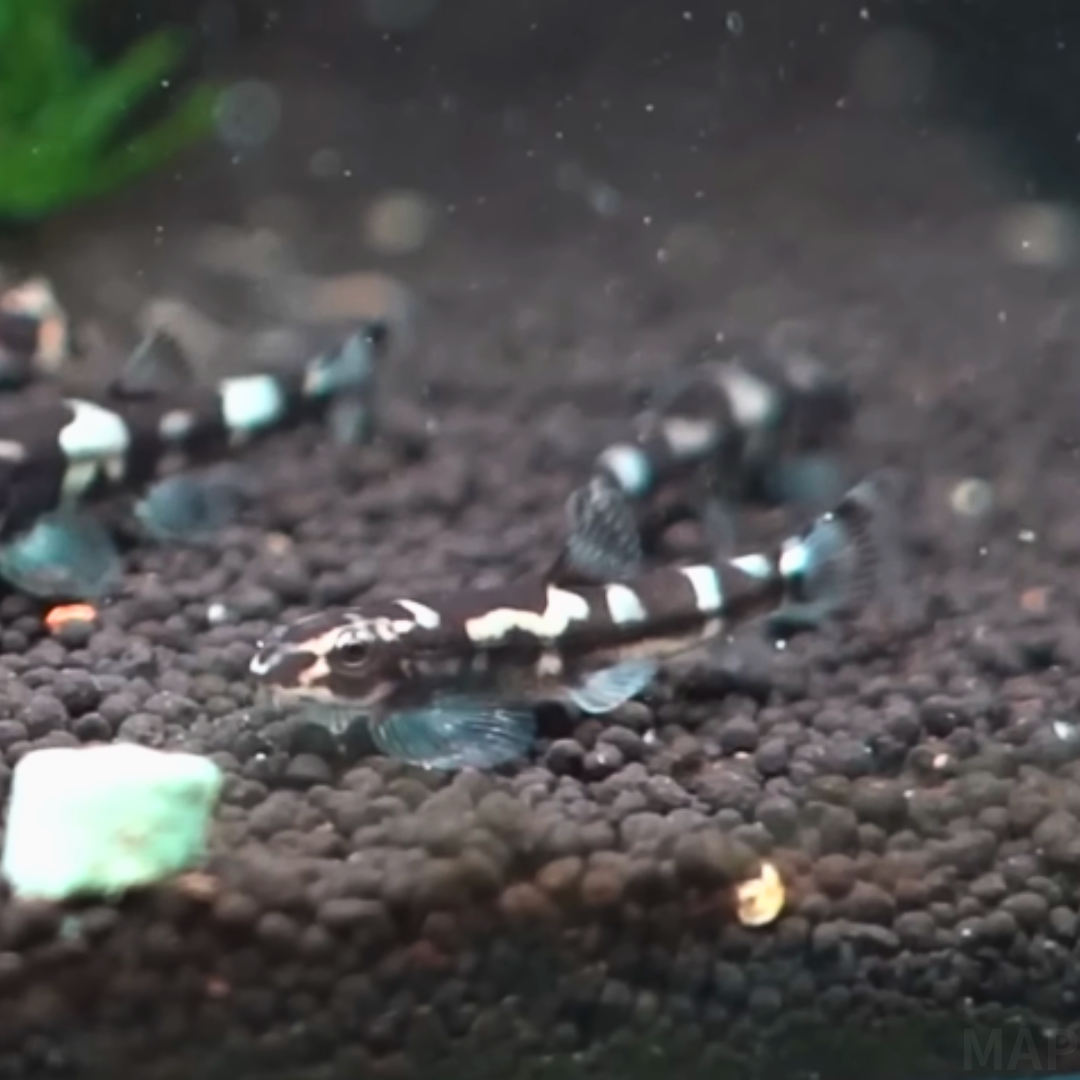






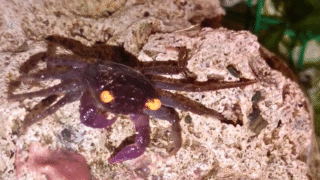
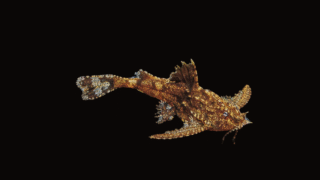
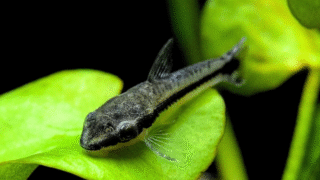
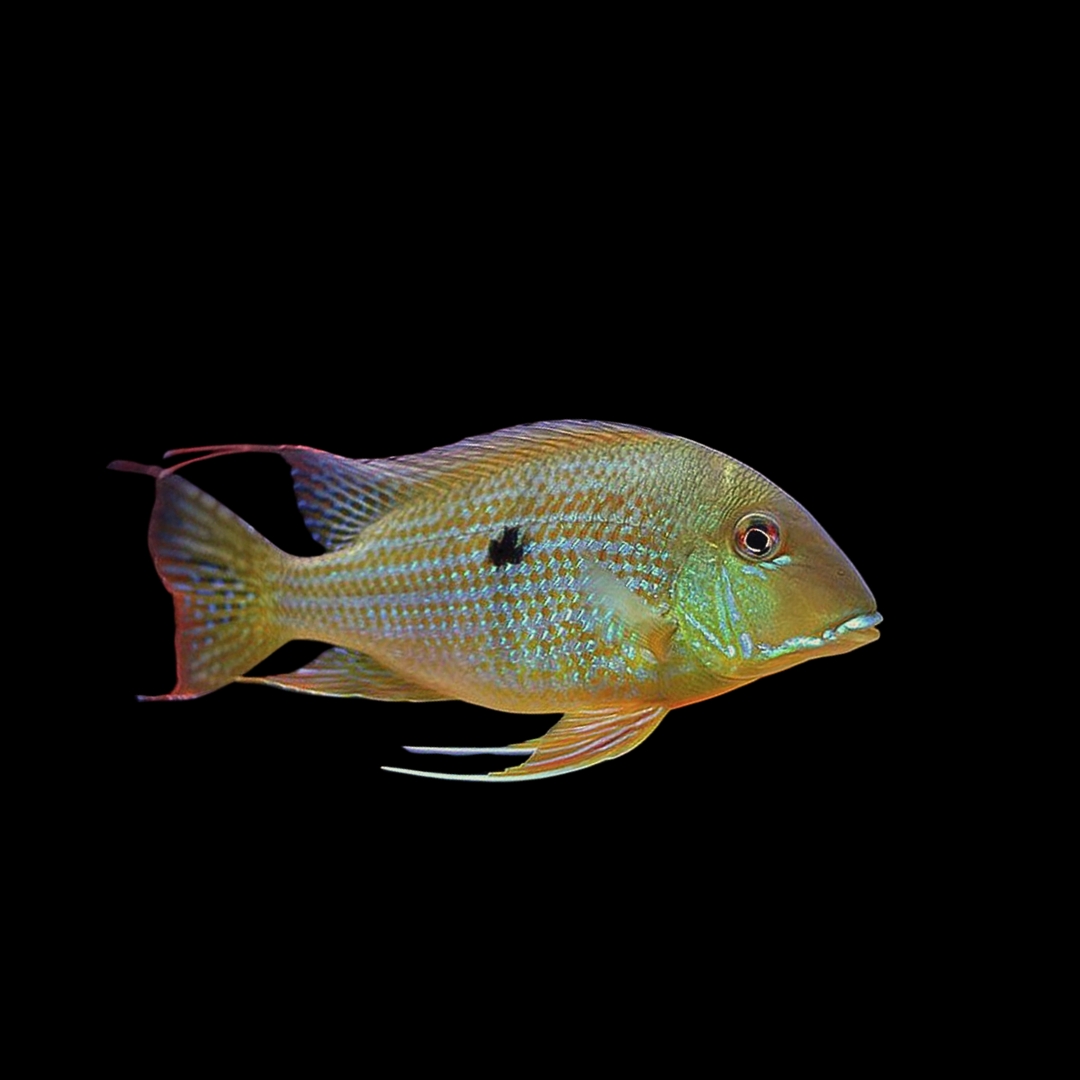
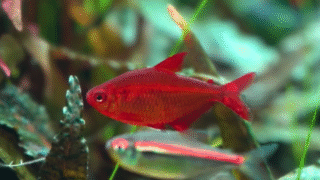
コメント